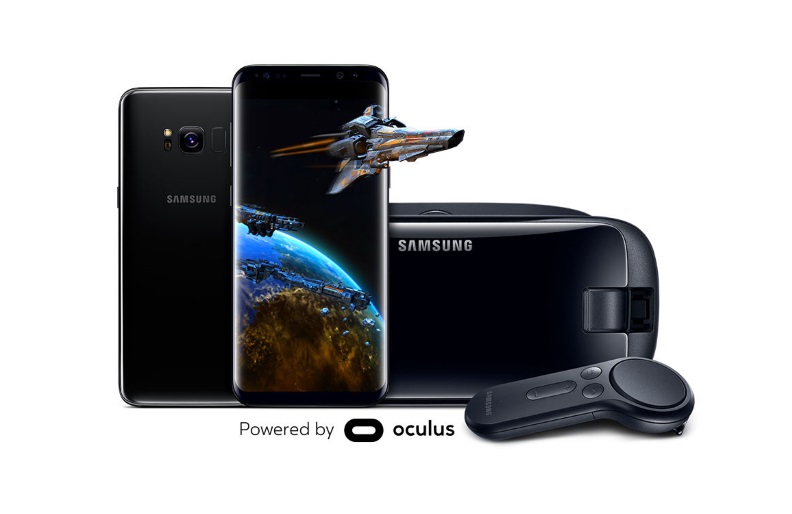For a long time, virtual reality was the preserve of geeks and techophiles looking to show off that they owned the latest hi-tech gadgets. However, that has begun to change with VR looking set to become mainstream in 2018 as prices fall and VR content improves through channels such as You Tube VR.
The technology is now becoming increasingly widespread in businesses such as car showrooms to showcase the latest vehicles without the need for a test drive. It’s also becoming popular in travel agents to bring alive various holiday destinations without looking at still images in a brochure or on a computer screen.
In the home, too, you won’t just use VR for playing computer games either (although there is plenty of VR gaming choice). Thanks to virtual reality you can enjoy playing everything from roulette to blackjack against other users without having to get dressed up in a suit and tie to visit a real casino!
Other VR applications include being able to re-live important events, such as your wedding, in VR and tour famous buildings, such as Abbey Road Studios, where The Beatles recorded.
Mobile VR v standalone headsets
But what do you need to enjoy virtual reality? Really there are two options at present. At the cheaper end of the scale there are mobile headsets which are little more than plastic or cardboard structures to house your mobile phone.
These include Google Cardboard and Samsung Gear. The downside of these is that because smartphones are not designed specifically for VR, the experience is never going to be as good as a proper VR headset.
Far better, if budget allows, is to invest in a bespoke VR device. Several are now available including the HTC Vive and Oculus Rift. Another model is PlayStation’s VR headset which is the first solution specifically for a games console.
However, not only will these devices cost you more than mobile phone VR, you will also need to hook them up to another unit, whether that’s a pretty powerful PC in the case of HTC Vive and Oculus Rift or a PlayStation 4 games console in the case of the PlayStation VR headset.
The good news is that coming in 2018 will be fully standalone devices such as the Oculus Go. Unlike Google Daydream and Samsung Gear VR 2, this won’t require a separate Android phone to operate. Nor will you need to hook it up to a PC as you do with Oculus Rift and HTC Vive.
Reference: TECHDIGEST.


2 comments